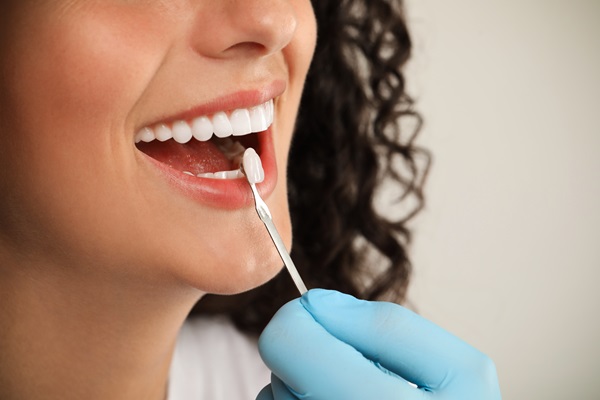Common Dental Sedation Methods

Dental sedation is a great way to reduce pain and anxiety before and during dental treatment. There are different methods of dental sedation for patients to consider. The recommended method depends on the preference of the patient, the extensiveness of the treatment procedure and the patient’s general health.
Dental sedation types to consider for your next procedure
The most notable types of dental sedation are nitrous oxide, oral sedation intravenous (IV) sedation and general anesthesia. Patients may not need sedation for certain procedures. The following is a review of the most common types and a closer look at when and why one might be recommended over another.
Nitrous oxide
Nitrous oxide is not as strong as oral sedation or IV sedation. It is typically used for less invasive procedures that can still cause discomfort or anxiety for the patient. It is administered via the patient wearing a mask that releases the nitrogen and oxygen. The patient is in full control with nitrous oxide, and they can take the mask off anytime they begin to feel anxious or that they are receiving too much sedation. The patient is fully awake and can communicate with nitrous oxide, but they may feel groggy and less alert.
Oral sedation
Oral sedation is a sedative in the form of a pill. It is stronger than nitrous oxide but not as strong as IV sedation. When administered, the patient is conscious and able to communicate, but they are much more groggy and less alert. It helps many patients relax and feel less discomfort. The patient may not remember the procedure, and they may need to arrange for a ride home for optimal safety.
IV sedation
IV sedation involves a sedative that is administered intravenously (through an IV). This is stronger than nitrous oxide and oral sedation, and the patient is much more sleepy and less aware. IV sedation is most appropriate for minor surgical procedures and for patients who have severe anxiety.
General anesthesia
General anesthesia is also administered intravenously and is technically a form of IV sedation. However, there are different types of IV sedation, and general anesthesia is the strongest. For more complex oral surgical procedures, general anesthesia may be the best choice.
No sedation
Not all dental procedures require sedation. For simple procedures or for patients who do not mind minor pain, it may be best to perform the procedure without any sedative. The best way to determine the ideal option (if one at all) for dental sedation is to discuss all options with a dental professional.
Talk to a dentist to learn more about your dental sedation options
You can reach our dental team today by phone or by sending us a message. We are glad to address your questions and arrange a visit with our team for a dental check-up. We believe that dental anxiety or concerns related to pain during dental work should not have to hold patients back, and we do everything in our power to ensure that they are comfortable and as pain-free as possible.
Request an appointment here: https://www.houstonpersonaldentist.com or call Jeff Tollett, DDS at (713) 622-3240 for an appointment in our Houston office.
Check out what others are saying about our dental services on Yelp: Sedation Dentist in Houston, TX.
Recent Posts
Visiting the dentist can cause significant anxiety or discomfort for many patients, often leading to delayed or neglected dental care. Fortunately, a sedation dentist can administer medications that keep the patient conscious but more relaxed and comfortable during dental work. Learning about the basics of sedation dentistry can help patients feel more at ease for…
Are you deciding on getting an oral procedure done at the dentist but have a substantial amount of anxiety about what may occur? If this sounds like you, you may want to talk to your dentist about dental sedation. Dental sedation can make the process of going to the dentist’s office comfortable and anxiety-free.Essentially, dental…
A cosmetic dentist considers several factors when designing a patient's smile makeover plan. The goal of the plan is to improve the overall appearance of the smile. By considering relevant factors such as the patient's goals and health, the dentist can craft a customized cosmetic procedure plan to give the patient the desired results.The process…
Gum disease treatment can restore health to the smile. A family dentist — who often provides cosmetic services in addition to general dental care — offers targeted solutions based on the severity and progression of gum disease. Early detection and prompt intervention can halt or reverse the condition. Exploring how family dentists treat gum disease…


